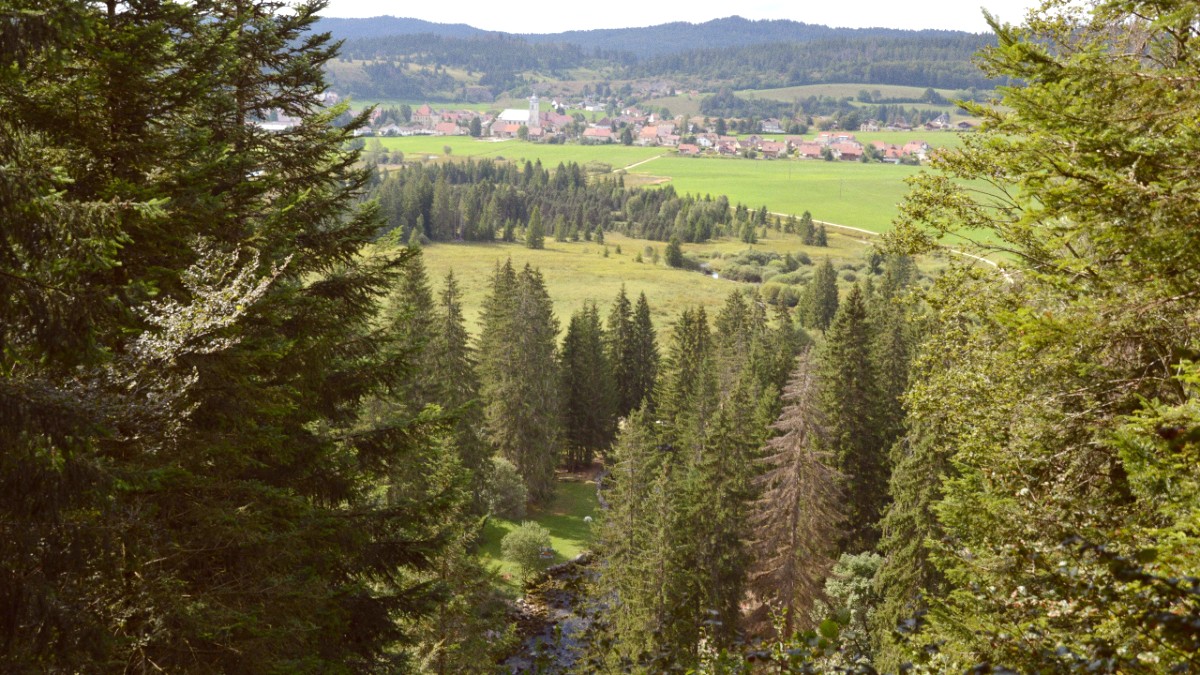
The Jura, France
Besançon's history unfolds through its architecture, from ancient Roman remnants to extensive fortifications.
From its impressive Citadelle to ancient Roman relics, the city provides a journey through time.
A UNESCO World Heritage site, a masterpiece of military architecture.
Dates from the 2nd century AD, marking the entrance to Roman Vesontio.
A powerful reminder of the city's deep Roman roots.
An outdoor monument, freely accessible 24/7 for close inspection.
Located near the cathedral, easy to include in a historic walking tour.
Visit during daylight hours to fully appreciate the details of its carvings.
Besançon presents a diverse range of museums and cultural institutions, reflecting its artistic, historical, and industrial legacies.
One of France's oldest public museums, housed in a former grain market.
Spans Egyptian, Gallo-Roman, medieval archaeology, and European painting (Renaissance to 20th century).
Goya, Boucher, Courbet (native), Renoir are represented.
Adult admission approximately €5-€8.
Typically closed on Tuesdays.
Allow at least 2-3 hours to explore its extensive collections.
Located within the Palais Granvelle, it celebrates Besançon's watchmaking heritage with clocks, watches, and scientific instruments. Adult admission is around €5-€8, typically closed on Tuesdays.
The birthplace of the renowned French writer Victor Hugo. Now a museum, it focuses on his life, literary works, and political commitment. Adult admission is around €3-€5, closed on Mondays.
Housed within the Citadelle, this poignant museum provides an overview of the French Resistance during WWII and deportations. Entry is included with the Citadelle admission ticket.
Also located within the Citadelle, the Musée Comtois showcases the traditions, popular arts, and daily life of the Franche-Comté region.
Besançon's rich history comes alive through its enduring structures.
From Roman remnants to formidable Vauban fortifications, explore centuries of heritage.
Beyond the imposing Citadelle, explore other parts of Vauban's extensive defensive system that encircles the city.
Wandering through the well-preserved historic streets of "La Boucle" is an attraction in itself.
Beyond the prominent Porte Noire, remnants of the Roman amphitheater and other ancient structures are scattered around the city.
A magnificent Renaissance palace built in the 16th century by Nicolas Perrenot de Granvelle.
Besançon's unique geography, defined by the Doubs River, creates beautiful natural attractions within and around the city.
The natural meander of the Doubs River forms the distinctive, almost circular shape of the city center. Enjoy leisurely walks along its tree-lined banks or take a boat tour.
A pleasant and expansive park stretching along the Doubs River. It offers wide lawns, mature trees, and serves as a popular spot for relaxation, picnics, or gentle strolls.
A hill east of Besançon providing exceptional panoramic views of the city, the Doubs river loop, and the Citadelle. A travel camera is ideal for capturing these vistas.
These green spaces surround the Citadelle and other parts of the city walls. They offer a tranquil environment for walks, often providing good views of the fortifications and the river below.
Enjoy leisurely strolls along the tree-lined banks of the Doubs River within La Boucle. Many benches and scenic spots are available for relaxation.
Take a "Bateau-Bus" or "Vedettes de Besançon" river tour for an unique perspective of the city's architecture and the Citadelle from the water, even passing through underground canals.
Parc Micaud is ideal for picnics, leisurely walks, or enjoying outdoor concerts at the bandstand during summer months.
For an elevated view, drive or hike up Montfaucon to capture the iconic panorama of the city's river loop and Citadelle.
The Doubs River offers opportunities for water-based activities.
Besançon provides accessible trails for scenic hikes.
The unique natural meander of the Doubs River forms the distinctive, almost circular shape of the city center, "La Boucle," best observed from elevated points like the Citadelle or Montfaucon.
This geographic feature has shaped Besançon's history and defense.
Beyond the main attractions, Besançon holds several lesser-known spots that present unique insights and quieter experiences.
A small, tranquil garden situated near the Porte Noire, it features well-preserved Roman ruins, including columns and foundations from an ancient nymphæum (a water sanctuary).
Located in the picturesque Battant district, this unique Renaissance house stands out for its intriguing facade.
One of the oldest Jewish cemeteries in France, it provides a poignant historical insight into the city's diverse past.
Check local opening times or access details as it might not always be openly accessible.
Besançon boasts a surprising number of historical sundials ("cadrans solaires") adorning its buildings, especially within the old town.
Remember to look up and around as you walk through the old town!
Many historic buildings in La Boucle hide beautiful, tranquil courtyards behind their main entrances.
Some may be private, so exercise discretion.
For in-depth understanding, consider guided walking tours of the Old Town or specific tours within the Citadelle complex. Book sightseeing tours here.
Many attractions, like the Citadelle, house multiple museums, making it efficient to combine several interests in one visit.
With many sites close to each other, plan your days to move easily between them without rushing, allowing for full appreciation.